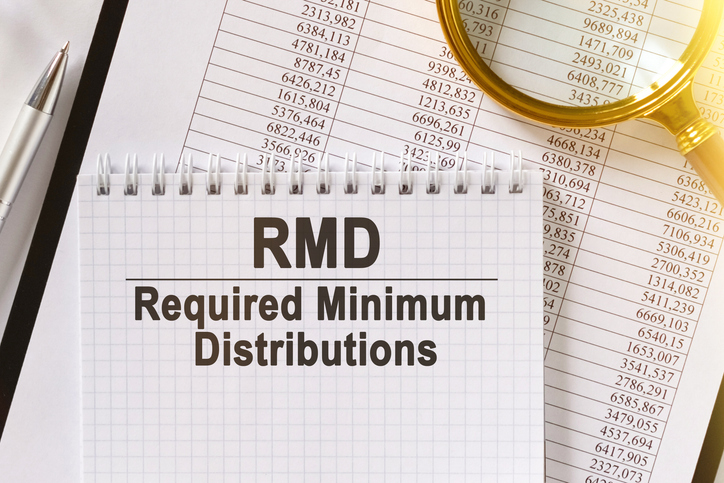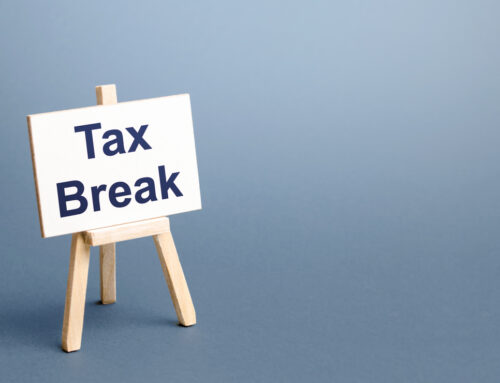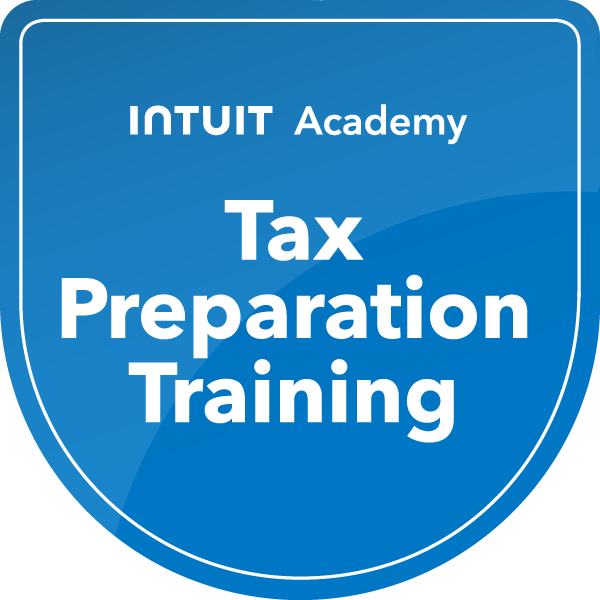How RMDs Influence Your Tax Picture
During your accumulation years, tax-deferred retirement accounts allowed your capital to grow without immediate taxation. Eventually, however, the IRS requires you to start drawing down these accounts. These withdrawals, known as required minimum distributions (RMDs), are taxed as ordinary income unless they come from previously taxed basis or qualified Roth distributions.
For high-income retirees, RMDs can increase marginal tax rates, trigger Medicare IRMAA surcharges, and affect tax planning strategies related to Social Security, charitable giving, and wealth transfer. Proactive planning is crucial.
Updated RMD Rules to Know
Under the SECURE 2.0 Act:
- You must begin RMDs at age 73 (rising to 75 in 2033).
- You may delay your first RMD until April 1 of the year after turning 73 — though this often results in two distributions in one tax year, potentially increasing your tax bill.
If you are still working and participating in your employer’s retirement plan, you may delay RMDs unless you own 5% or more of the business.
As of 2024, Roth 401(k) and Roth 403(b) accounts no longer require RMDs. This removes the prior need for retirees to roll funds into a Roth IRA just to avoid mandated withdrawals.
Use Qualified Charitable Distributions (QCDs)
For charitably-minded individuals, qualified charitable distributions remain one of the most tax-efficient ways to satisfy RMDs.
QCDs allow you to transfer funds directly from your IRA to a qualified charity, excluding the distribution from taxable income and reducing the risk of higher tax brackets or Medicare surcharges.
Key Updates:
- Age requirement remains 70½
- The QCD limit is now indexed for inflation
- SECURE Act 2.0 added a one-time $50,000 QCD allowance to certain charitable gift annuities or charitable trusts (lifetime cap).
For high-net-worth families who give regularly, this strategy can outperform itemized charitable deductions.
Transfer Securities In-Kind to Improve Future Tax Efficiency
If you do not need your RMD proceeds for income, consider in-kind distributions of depressed or long-term holdings:
- The securities are moved from your IRA to a taxable brokerage account
- The value on the transfer date becomes your new cost basis
- Future appreciation receives capital gains rates, not ordinary income rates
This can materially reduce taxation on growing assets.
Example
A retiree in the 35% tax bracket takes $30,000 of stock in-kind as an RMD, paying $10,500 in tax. After five years the position appreciates to $55,000. Selling at a 15% capital gains rate results in $3,750 of tax.
Had the stock remained inside the IRA and later been withdrawn or sold, the appreciation would be taxed at ordinary income rates, resulting in a significantly higher tax liability.
The Strategic Takeaway
RMDs are required — but how you take them can significantly influence your lifetime tax exposure. High-net-worth individuals benefit most when RMD planning is:
- Coordinated with charitable intent
- Integrated across taxable & tax-advantaged accounts
- Considered alongside Medicare IRMAA thresholds
- Evaluated annually as tax law and markets evolve
Thoughtful RMD planning can preserve wealth, support charitable goals, and reduce lifelong tax obligations.




























